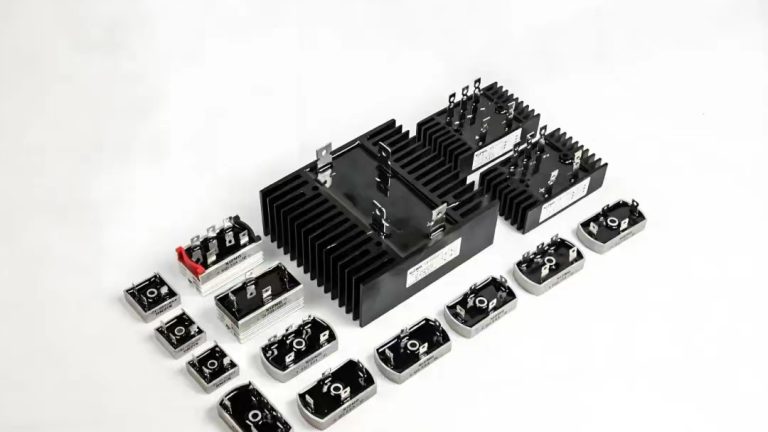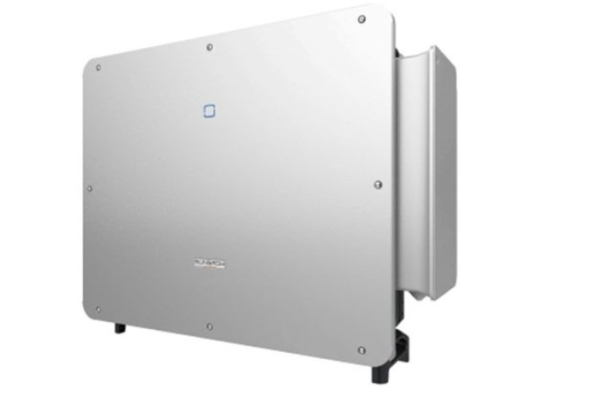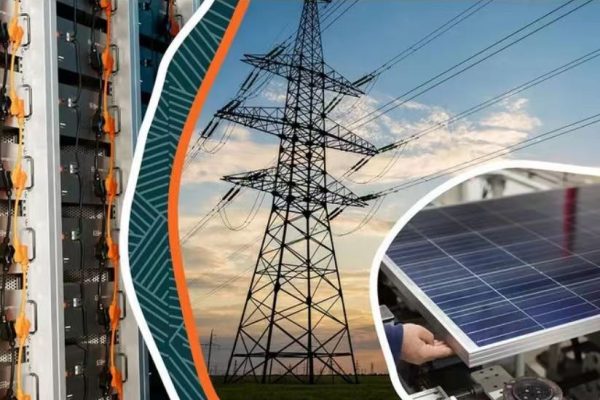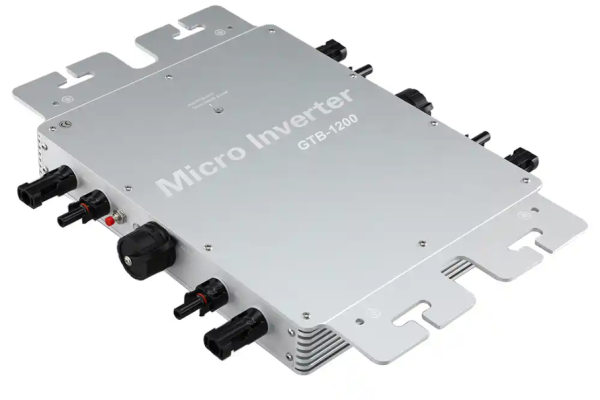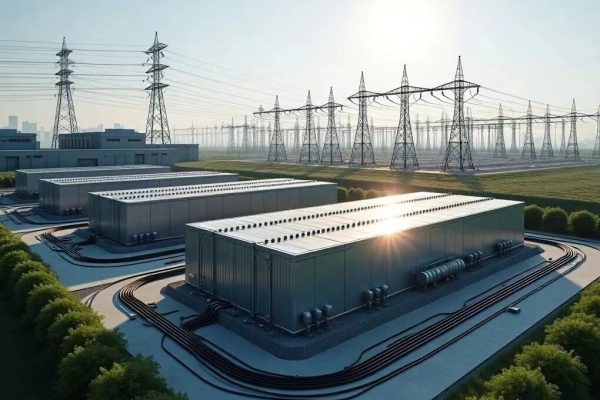How to Identify, Prevent, and Fix One of the Most Common ESS Faults
Introduction: The “Why Did My Power Go Out?” Moment
Homeowners investing in a PV + battery system expect energy independence and stability. But one of the most frustrating early experiences can be this:
“The power cut off suddenly last night. The battery was at 20%. Why?”
In many cases, this is due to a Low Voltage Cut-Off (LVC) — a built-in protection mechanism to prevent battery damage.
As a system supplier, integrator, or technical trade partner, helping clients understand and avoid LVC events is essential to maintaining system trust and performance.
1. What Is Low Voltage Cut-Off?
Low Voltage Cut-Off (LVC) is a battery-side or inverter-side protection function that disconnects the battery or shuts down the inverter when voltage drops below a safe threshold.
This typically happens:
- When the battery is over-discharged
- When load is higher than expected
- When voltage drops under load (even at moderate SoC)
Why it matters:
LVC protects lithium batteries from deep discharge, which can cause:
- Permanent capacity loss
- BMS malfunction or lockout
- Safety risks in rare cases
But to the end user, LVC can feel like an abrupt and confusing system failure.
2. What Are Typical LVC Thresholds?
| Battery Type | Typical LVC Range | Notes |
|---|---|---|
| LiFePO₄ (LFP) | 2.5V–2.7V per cell | 48V system = 40V–43.2V |
| NMC/NCA | 3.0V–3.2V per cell | Higher voltage, tighter range |
| Lead-Acid (AGM/Gel) | 1.75V–1.8V per cell | 12V system = ~10.5V cut-off |
Note: Inverter may trigger LVC before BMS does, depending on settings.
3. Common Symptoms of LVC in Residential Systems
- Inverter shuts down at night even when battery SoC seems OK
- No output power, red fault indicator on inverter
- App shows “Low Voltage” or “Battery Protection” warning
- BMS disconnected, needs manual reset or partial recharge
- System only restarts after AC grid or PV input is restored
4. Why It Happens in the Field (Even with “Good” Batteries)
A. Inaccurate SoC Estimation
Lithium batteries don’t discharge linearly. If SoC is estimated via voltage only (not Coulomb counting), the system may think it has 20% left — but actually hit 0%.
B. Undersized Battery for Load
If the system regularly draws more current than designed (e.g. adding a microwave to a 5kWh system), voltage may sag and trigger LVC even at moderate SoC.
C. Inverter Cut-Off Voltage Set Too High
Many hybrid inverters default to conservative cut-off settings (e.g., 44V for LFP). Lowering it slightly (e.g., to 42V) may help, if the battery allows it.
D. Aging Batteries or Cell Imbalance
One weak cell dropping early can trigger BMS-level LVC, even if total pack voltage looks OK.
5. How to Troubleshoot an LVC Event
Step 1: Read Inverter and BMS Logs
Look for fault codes like:
- “Battery Undervoltage”
- “DC Bus Low”
- “BMS Communication Failure”
Step 2: Check Terminal Voltage
Is the pack voltage really low (<43V for 48V system)? Or is it a false alarm?
Step 3: Connect AC or PV to Recharge Slowly
If the BMS has locked out, you may need to “wake it up” with limited current (e.g. 5–10A), sometimes via a special mode in the inverter.
Step 4: Verify Load Profile
Was the power draw reasonable during the shutdown? Or was there a spike?
Step 5: Check Firmware and Settings
Is the inverter’s cut-off voltage aligned with the BMS specs? Update firmware if available.
6. What You Can Do as a Trade Partner or System Integrator
Your value isn’t just shipping product — it’s preventing issues like this with better design and support.
✔ Configure Smart Cut-off Voltage Settings
Don’t just leave it at default. Match BMS specs.
✔ Right-Size Battery Capacity and Load Expectations
For a 5kWh system, clearly advise users not to run all household appliances at once overnight.
✔ Educate Customers on Depth of Discharge (DoD)
Encourage settings like 90% DoD for better margin of safety.
✔ Use BMS with Active Balancing or Alert Function
Catch imbalance issues before they cause system faults.
✔ Offer Remote Monitoring or Periodic Log Checks
Detect early warning signs (e.g. declining minimum voltage, frequent LVC hits).
7. When It’s Not Just Settings — Hardware or Design Issues
- Undersized cables cause voltage drop under load
- Loose terminals create high resistance and localized undervoltage
- Incorrect inverter-battery communication causes the inverter to misread SoC
In such cases, a deeper system audit is needed — even for small 3–10kW hybrid installations.
8. Case Example: Nighttime Shutdown in a 5kWh Rural Home System
System:
- 5kWh LFP battery (16S, 51.2V nominal)
- 5kW hybrid inverter
- Load: 400W fridge, 200W lights, 1200W water pump (intermittent)
Problem:
Customer reports blackout at 3am, 2–3 nights per week.
Diagnosis:
- BMS log shows undervoltage on one cell at 2.3V
- Inverter cut-off set to 44V
- Battery capacity had degraded to ~4kWh
- System was discharging too deep due to miscalibrated SoC
Fix:
- Set inverter cut-off to 42V
- Advised customer to turn off pump at night
- Planned future upgrade to 7.5kWh
Result: No more shutdowns in next 60 days.
9. Building Trust Through Troubleshooting Support
When you help customers fix LVC issues, you demonstrate:
- System-level understanding, not just product specs
- Proactive support, not reactive excuses
- Long-term thinking, which builds referrals and repeat business
Small issues like this — when handled well — create big loyalty.
Summary
Low Voltage Cut-Off is a normal protection behavior — but it must be understood, anticipated, and managed.
By aligning system design with user behavior, configuring settings properly, and offering clear support paths, you turn a potential failure point into a service opportunity.
Your clients may not know why the battery stopped working. But they’ll remember who helped them fix it — and trust you for the next project.





